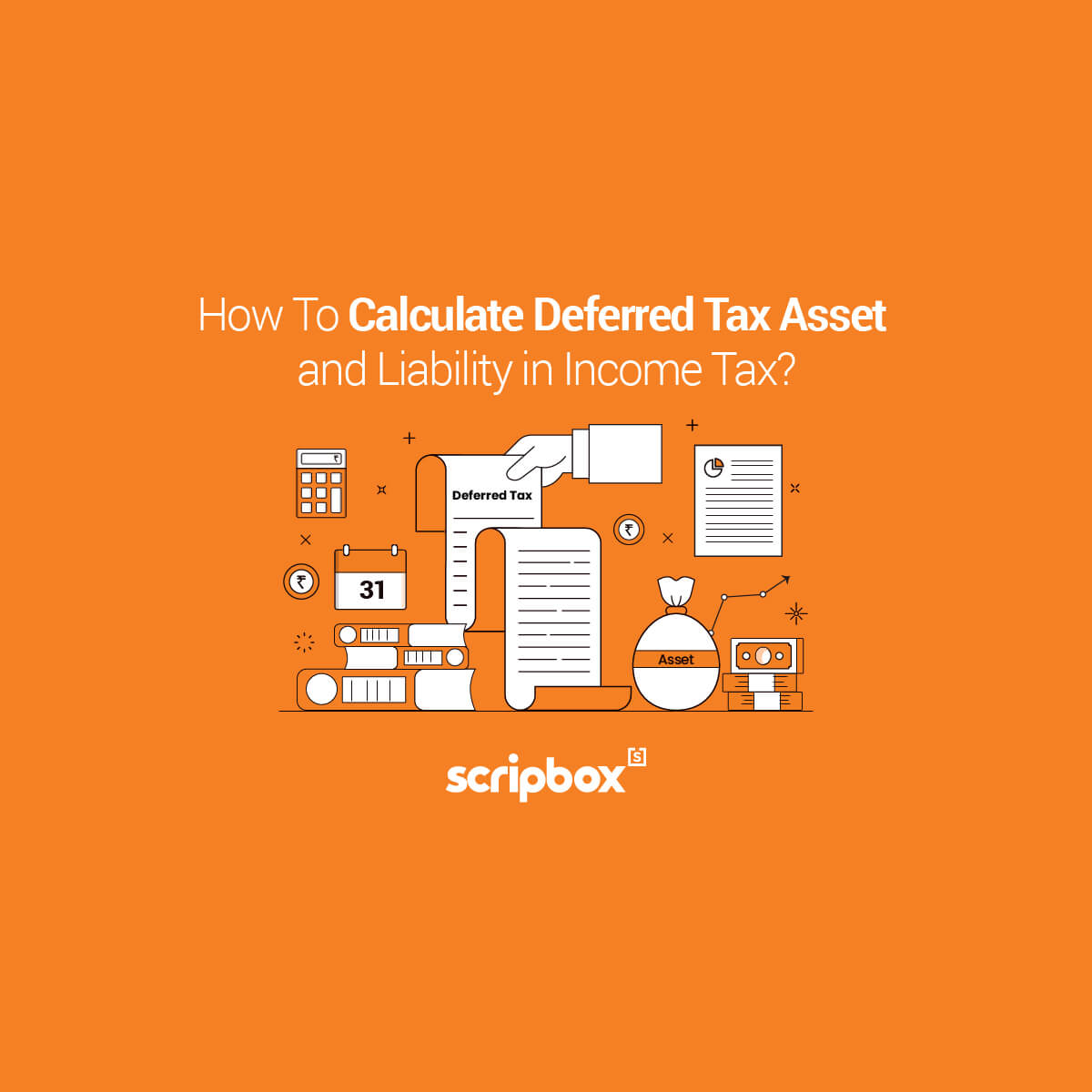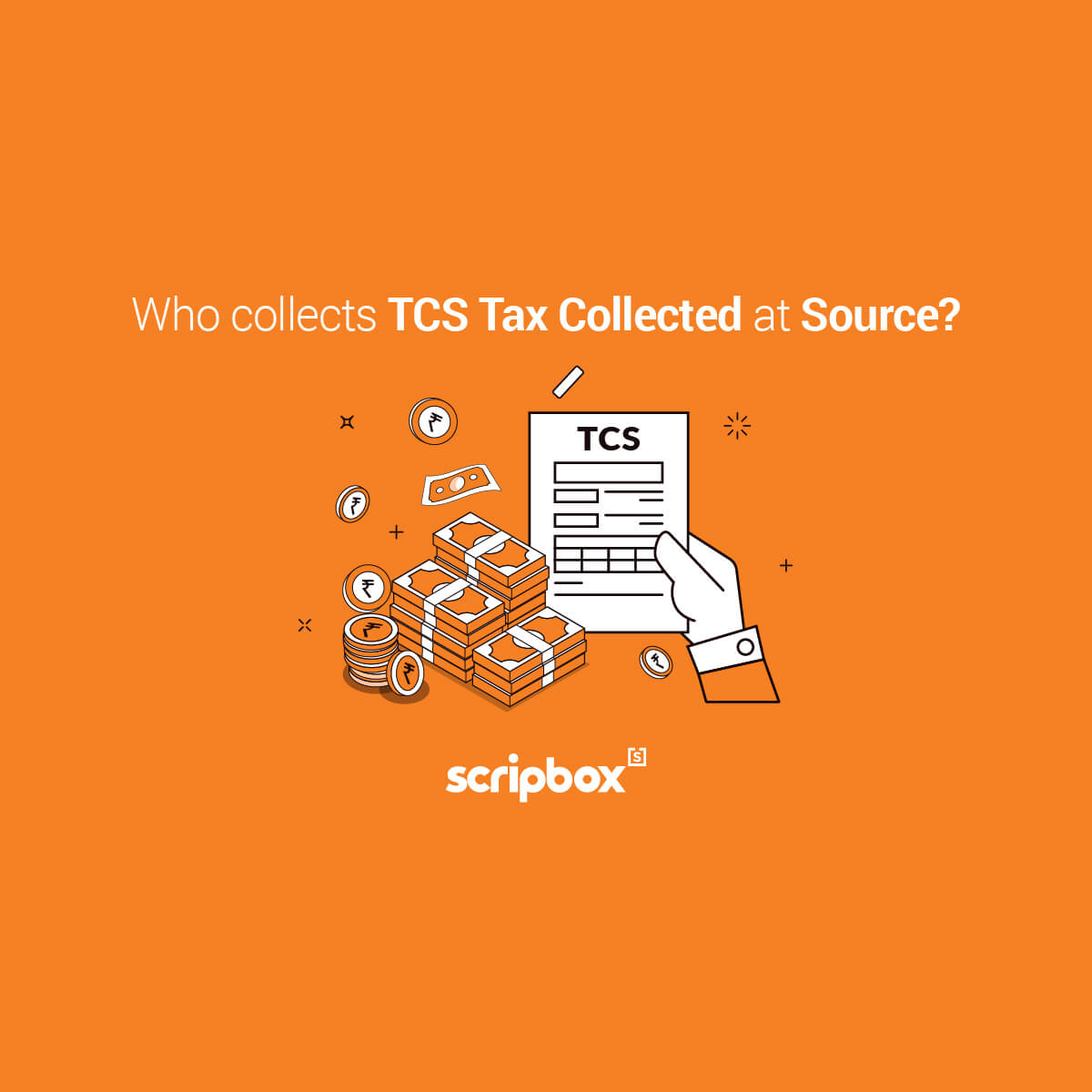What is a tax information network TIN?
With the advancement of technology, the income tax department has been constantly working on leveraging the technology in order to provide smooth services to the taxpayers. Keeping this in mind, the department launched a tax information network or TIN in order to improve the current system. TIN helps the department in the collection, monitoring, and processing of direct tax through the use of technology.
The tax information network is a repository of information across the nation and is established by NSDL e-Governance Infrastructure Limited.
What are the services provided by the tax information network?
The following are a few of the services provided by the tax information network:
e-TDS/e-TCS:
Entities, both corporate and non-corporate are required to deduct tax at source before making the payment and deposit the same with the government. Once the tax is deposited, the deductor needs to furnish the TDS return containing the details of the deductee and the challan details.
In order to automate and improve the processing of the TDS return, the income tax department notified “Electronic Filing of Returns of Tax Deducted at Source Scheme 2003”. Below are a few features of the scheme:
- It is applicable to all the deductors.
- It makes it mandatory for corporate deductors to submit their TDS return in electronic form.
- Deductors(other than corporates and government) may file TDS return in electronic or physical form
The provisions of section 206C of the income tax act make it mandatory for the seller to collect a tax at source from the buyer in case of goods such as timber obtained under a forest lease, scrap, tendu leaves, etc.
For e.g. if Mr. Arun purchases tendu leaves for a value of Rs.10,000. While making the payment, Mr. Arun will pay an amount of Rs.10,000 + 2% of 10,000 = 10,200 (considering 2% being the rate applicable on the sale of tendu leaves) to the seller. The seller, in turn, will deposit the tax collected at the source (TCS) at any of the designated branches of the authorized banks.
OLTAS (Online Tax Accounting System)
The income tax department maintains a record of tax paid through the banks through OLTAS. The following are the challans that are to be used for payment of tax:
Firstly, ITNS 280: For payment of income tax and corporate tax
Secondly, ITNS 281: For depositing tax deducted at source and tax collected at source for both corporates and non-corporates.
Thirdly, ITNS 285: For payment of equalization levy
Fourthly, ITNS 286: For payment under Income Declaration Scheme, 2016
Lastly, ITNS 287: For payment under Pradhan Mantri Garib Kalyan Yojana
The above challans can either be filed online or offline. The taxpayer needs to ensure that the challan contains the correct details such as TAN, amount, date, etc. The collecting bank will capture and verify the entire data and transmit the same electronically to the income tax department.
Equalization Levy:
An equalization levy was introduced to tax digital transactions in 2016. It allowed the government to tax the income which is accruing in India of the foreign companies. The service recipient, before any payment, must withhold the amount of equalization levy. The following are the two conditions that need to be satisfied:
- The service provider is a non-resident
- The annual payment made to a single service provider exceeds Rs. 1,00,000
Currently, not all services are covered under the ambit of the equalization levy. The following services are currently covered:
- Online advertisement
- Any provision for digital advertising space or facilities/ service for the purpose of online advertisement
Furthermore, the Finance Act 2020 also provides that consideration received for e-commerce supply of services made on or after 01.04.2020 shall also be subjected to an equalization levy. The rate of levy is 6% in all the cases.
Payment of tax can be made through ITNS 285. The taxpayer needs to carefully provide the required information in order to make a successful payment.
TDS on sale of property:
As per the provisions of section 194IA of the income tax act, TDS is applicable on the sale of immovable property. Section 194IA is applicable if the sale consideration exceeds Rs. 50,00,000. W.e.f 1st June 2013, tax @1% should be deducted by the purchaser at the time of making the payment of sale consideration.
Tax information network provides form 26QB for payment of tax on the sale of the property. The purchaser of the property needs to keep the following points in mind:
- The tax should be deducted @1%
- The PAN of the seller should be collected and verified with the original PAN card.
- PAN of both the seller and the purchaser should be mentioned in the online form.
- There is no mechanism for rectifying the errors related to PAN. Hence it is to ensure that the PAN is correct for both buyer and seller.
TAN: Tax Deduction and Collection Account Number
Tax Deduction and Collection Account Number is a 10 digit alphanumeric number. It is required to be mandatorily obtained by all the persons who are responsible for deducting or collecting tax. It is mandatory for the deductor to quote their TAN at the time of filing of TDS return. A taxpayer can either:
- Apply for the issuance of new TAN through Form 49B or
- Apply for a correction in the existing TAN
In a case where uncompleted forms are filed with the TIN facilitation center, the team assists the taxpayer in correcting and filing the same. Once the process is completed, an allotment letter is dispatched by NSDL e-Gov at the address provided in Form 49B.
PAN: Permanent Account Number
Taxpayers who wish to apply for a new PAN can do the same through the TIN facilitation center. Below are the two types of PAN application that can be made:
Application for the allotment of PAN: This can be done through Form 49A/49AA in a case where the applicant has never applied for a PAN.
FORM 49A: – To be filled by Indian citizens including those who are located outside India.
FORM 49AA: – To be filled by foreign citizens.
You must submit the following documents along with the application:
Proof of identity required for PAN application
- A copy of Aadhar card or
- Driving license or
- Passport or
- Ration card
Proof of address required for PAN application
- A copy of Aadhar card or
- Driving License or
- Passport or
- Post office passbook having the address of the applicant
- A copy of electricity bill or broadband bill, water bill, etc. These should not be more than three months old.
The following are the banks authorized by TIN FC for the collection of tax as per the tax information network:
- Allahabad Bank
- Dena Bank
- Punjab National Bank
- Andhra Bank
- HDFC Bank
- State Bank of India
- Axis Bank
- ICICI Bank
- Syndicate Bank
- Bank of Baroda
- IDBI Bank
- UCO Bank
- Bank of India
- Indian Bank
- Union Bank of India
- Bank of Maharashtra
- Indian Overseas Bank
- Vijaya Bank
- Canara Bank
- Central Bank of India
How can I track the status of my application for TAN/ PAN?
You can track the status of your TAN and PAN application by either vising the NSDL website or by calling the call center.
To track the status of applications through the NSDL website click here. Firstly select the application type as PAN New/ Change Request for PAN application and TAN New/ Change Request for TAN application. Secondly, enter the 14 digits unique Acknowledgment Number. Now enter the captcha code and lastly click on submit. You can track the status of their TAN and PAN application after three days of application submission.
Alternatively, you can call the TIN Call Centre facility on 020 – 2721 8080 and enquire about your application status.
What is the procedure for making payment of direct taxes at banks?
In case the taxpayer has an existing account in the authorized bank, the taxpayer can pay by cheque or cash. The bank will accept the same and immediately stamp the counterfoil of the challan containing the CIN.
However, if the taxpayer is paying the taxes by a cheque at a bank branch other than where they have an account, the collecting bank branch will accept the cheque and issue an acknowledgment. When the taxpayer presents this token after encashment of the cheque, the bank will hand over the acknowledgment counterfoil duly stamped with the CIN.
What is the challan identification number and what is its relevance?
Challan Identification Number (CIN) has three parts. Part-A is the seven-digit BSR code of the bank branch where tax is deposited. Part-B is the date of deposit (DD/MM/YY) of tax and Part-C is the Serial Number of Challan
CIN is generated upon the successful payment of tax. You must mandatorily quote your CIN at the time of filing of return as proof of payment. You must quote your CIN in any further inquiry as well. Always remember to enter the CIN correctly as incorrect details would lead to incomplete assessment.
Similar Pages
Save Taxes on Sale of Property
Save Taxes on Health Insurance
15 Tips for a Salaried Employee to Save Tax
Related Articles
- What is a tax information network TIN?
- Confused if your portfolio is performing right enough to meet your goals?
- How long have you been investing in mutual funds?
- What is your current portfolio size?
- What is your approximate annual household income?
- Your profile does not qualify for a call with a Financial Expert.
- What are the services provided by the tax information network?
- Which banks are authorized for the collection of tax as per the tax information network?
- How can I track the status of my application for TAN/ PAN?
- What is the procedure for making payment of direct taxes at banks?
- What is the challan identification number and what is its relevance?























Show comments